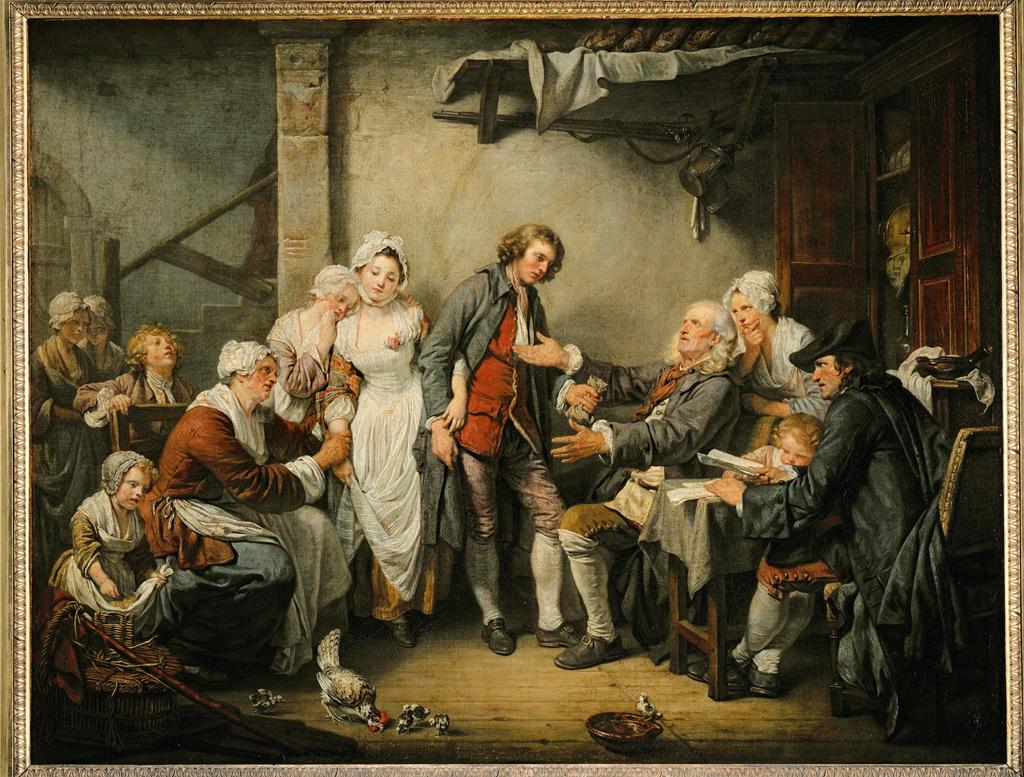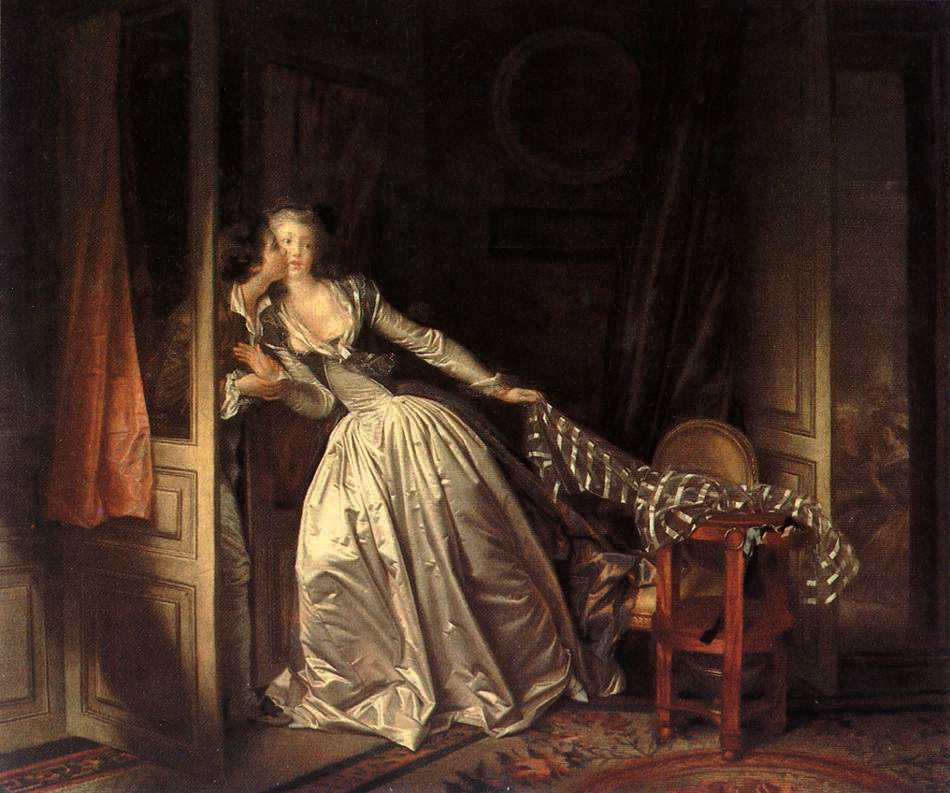Friday, June 29, 2012
French 18th-century masters: Watteau, Chardin, Fragonard, etc
The National Gallery of Art was the only U.S. venue for the first large-scale survey of French genre painting--scenes from daily life, real and imagined--by such 18th-century masters as Jean-Antoine Watteau, Jean-Honoré Fragonard, Jean-Baptiste-Siméon Chardin, Jean-Baptiste Greuze, François Boucher, and Louis-Léopold Boilly. On view in the West Building October 12, 2003 through January 11, 2004, The Age of Watteau, Chardin, and Fragonard: Masterpieces of French Genre Painting included works never before exhibited in this country and offered an unprecedented opportunity to see some of these artists’ finest works in proximity to each other.
The 18th century was a period of vast political, economic, and social change in France, as the moral principles of the Enlightenment took hold and radically transformed the structures of society. Mirroring the contemporary realities of French culture, French genre paintings were part of the great ideological shift in thought and art, away from the religious and monarchical values of 17th-century French society towards the ideals of the Enlightenment.
Influenced by 17th-century Dutch and Flemish art, French genre painting demonstrated a compelling vitality, ultimately surpassing that of the officially sanctioned history painting that prevailed in France at the beginning of the 18th century. The exhibition was organized thematically and chronologically. Its more than 100 master works--some on loan from France, Germany, England, and Russia--span the entire 18th century, from the last years of Louis XIV to the French Revolution, and reveal Enlightenment ideals of the family, the education of children, the importance of love, and the sheer delight in painting.
Highlights included Jean-Antoine Watteau’s (1684 -1721) fêtes galantes ("gallant parties") of the elite such as Venetian Pleasures (c.1718 -1719)
and scenes of ideal family life, as in his follower Nicholas Lancret’s (1690 -1743) A Lady in a Garden Taking Coffee with Some Children (c. 1738);
Jean-Baptiste-Siméon Chardin’s (1699 -1779) exquisitely dignified narratives of children and servants, such as The Return from the Market (1738);
and such hugely popular family dramas as Jean-Baptiste Greuze’s (1725 -1805) The Marriage Contract (1761).
Other highlights were the flirtatious, erotic liaisons dangereuses of Jean-Honoré Fragonard (1732 -1806), such as The Stolen Kiss (c. 1786-1788);
François Boucher’s (1703 -1770) celebration of his sheer delight in the material world in Presumed Portrait of Madame Boucher (1743);
Etienne Aubry’s (1745 -1781) Paternal Love (c. 1775), commending the engagement of both parents in raising their children, in accord with the latest Enlightenment ideas;
and Louis-Léopold Boilly’s (1761-1845) scenes of contemporary Paris.
Curators
Philip Conisbee, senior curator of European paintings and curator of French paintings at the National Gallery of Art, was the curator of the Washington exhibition, in collaboration with Colin B. Bailey, chief curator, The Frick Collection, and former chief curator, National Gallery of Canada; and Thomas W. Gaehtgens, director, Deutsches Forum für Kunstgeschichte, Paris, and professor at the Freie Universität Berlin.
Catalogue
The richly illustrated exhibition catalogue, produced by the National Gallery of Canada, Ottawa, includes a curators' preface; essays by Colin Bailey, Thomas Gaehtgens, Barbara Gaehtgens, Marianne Roland Michel, and Martin Schieder; entries on 113 works; and a complete listing of genre paintings shown at the Paris Salons from 1699 to 1789.






